In the 1980s I fell in love with the Flying Flea. An old geezer in a pub told me that he knew of one in someone's loft and I was intrigued. I never did find the Flea in question, but it got me reading about them and I got a translation of Henri Mignet's 1934 book, Le Sport de L'Air in which the aeroplane's designer shares his philosophy and describes the process for constructing one.
The cut-away drawing was produced by "The Aeroplane" and three issues of 1935's Newnes Practical Mechanics showed people how to build the Flea. Mignet, an amateur who had been turned down for the French air force and who said that he had found conventional aeroplane controls illogical and counter-intuitive, designed his aeroplane to be easily mastered by a novice and built by anyone capable of constructing a packing-case.

Mignet was a 1930s microlighter! Modern microlighters ought to find his articulated wing intriguing because like the weightshift's, the whole wing pitches, while as with any other 3-axis, yaw is down to the rudder. I am not quite certain about roll, but I believe it was induced by a combination of the leading wing and the rudder. Strictly speaking I suppose it is a 2-axis rather than 3-axis aeroplane.
 an amateur builder/flyer in his original model HM-14
an amateur builder/flyer in his original model HM-14
Numerous enthusiasts did build the Flea but there was a spate of crashes which got the type grounded by the Air Ministry here while the Royal Aircraft Establishment wind-tunnel tested the type to work out why it kept crashing (film of Mignet, and Mr Appleby crashing). In 1990 I pored over and annotated RAe notes to try and grasp what had gone wrong.

Mignet also added control struts to make the rear wing "conjugate", but the bad publicity meant that even when the ban was lifted, few people had any faith in Fleas. Mignet did carry on building his designs and I think they are still popular in the USA, where there is a far more liberal attitude towards experimental aircraft.
Luckily I went no further with my plans at the time. The fact is that while I could have built a very respectable packing-case, I am confident I would have built a death-trap if I had then attempted a Flea. That was before I studied industrial design or knew anything really about engineering.
A few days ago I saw in the 2001 edition of World Directory of Leisure Aviation that there is someone selling plans for a Pou Bébé with an empty weight of 110kg and it got me thinking. Could a Flying Flea be built by an amateur and flown as a de-regulated microlight?


See wikipedia about the Flying Flea
*
The photo below is of a paper model I made of the Flea from a design at Fiddlers Green (an American paper modelling site). There is no need to pay for the model if you would like a copy. Chip won't mind me sharing it with enthusiasts; he is very generous that way.

.










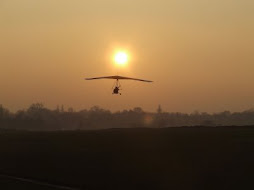

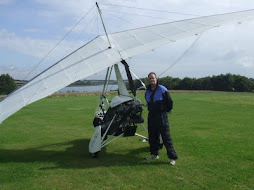









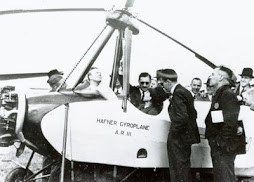

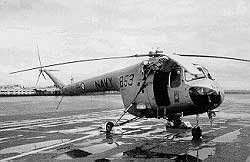
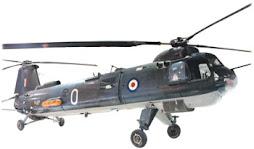









No comments:
Post a Comment